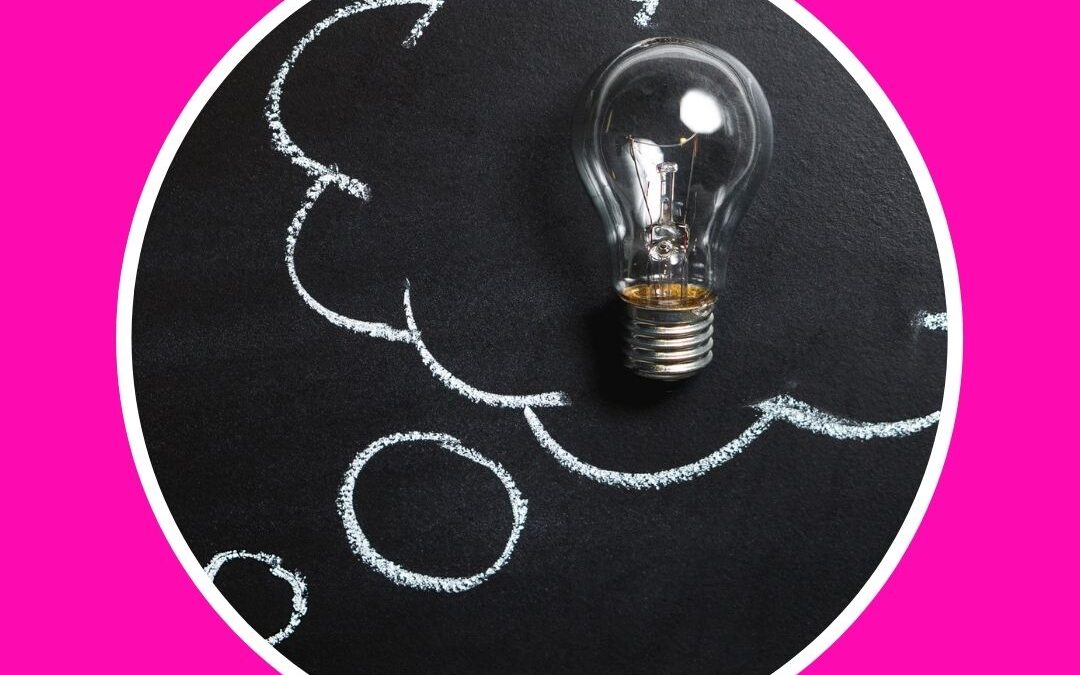Yes, I know it’s out there. I’ve never been shy in alluding to my passion for books. Old books, new books, books on history, poetry, art, but especially books on textiles, concept and process.
And I have to say, books on concept and process are hard to find. Don’t get me wrong. There’s a bounty of how-to textile books out there, detailing an abundance of information on technique, materials and a never-ending line of new ideas – supposedly.
But it’s that initial concept leading to process I find absolutely fascinating. How other artists work, most especially how they gather and work with that initial inspiration. It’s about trying to join those dots from inception through to the creation of a fully resolved artwork.
That concept and process become even more important if the work is meant to tell a story, invoke a mood or portray a character.
For me, it’s about understanding how we all work differently to achieve a common goal. Or do we?
Of course, this post has come about because I’ve bought a new book, surprise, surprise. It’s sitting on my coffee table. I open it sparingly to make it last because I’m hooked.
I’ve read the Forward, the Introduction and the first three chapters – but already I can tell this book is a gold mine. What is it? Game of Thrones – The Costumes by Michelle Clapton with Gina McIntyre. Forward by David Benioff and D.B. Weiss, first published by Harper Collins Publishers in 2019.
Michelle Clapton had me when she wrote in her Introduction, ‘I immersed myself in research…’ Now while Game of Thrones is pure fantasy, Michelle’s inspiration came from the real world where she delved into history, religion, clothing and culture, beauty, applique, embroidery, armour and design work from ancient cultures and tribal mythologies. She says, ‘I was a magpie, taking relevant elements from all this research and putting them together to create new looks…’
That simple ethos of research, patching relevant elements together is the basis of concept to process for me. It’s the magic formula, the pot of gold. Michelle’s obviously taken it to another level – but that should be the basis or the beginning for any design work.
Ideas were collated, imagery referenced and assembled into mood boards. Here we go again. That’s basic visual referencing. How I love how Michelle and her team worked.
The book’s presented in Chapters for each House or Clan. And I’m going to savour and relish each and every one. But if you look carefully, it’s also a fantastic guide on how to develop a concept. Research, visual referencing, defining elements, evolving and expanding ideas become the process.
My YouTube channel Cathy Jack Coupland now includes a series on my concept to process. Head on over and have a look.


